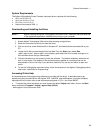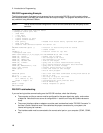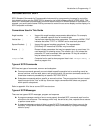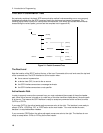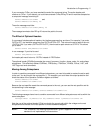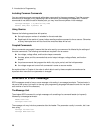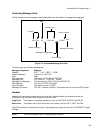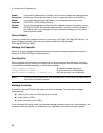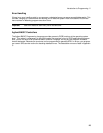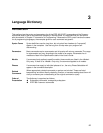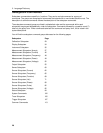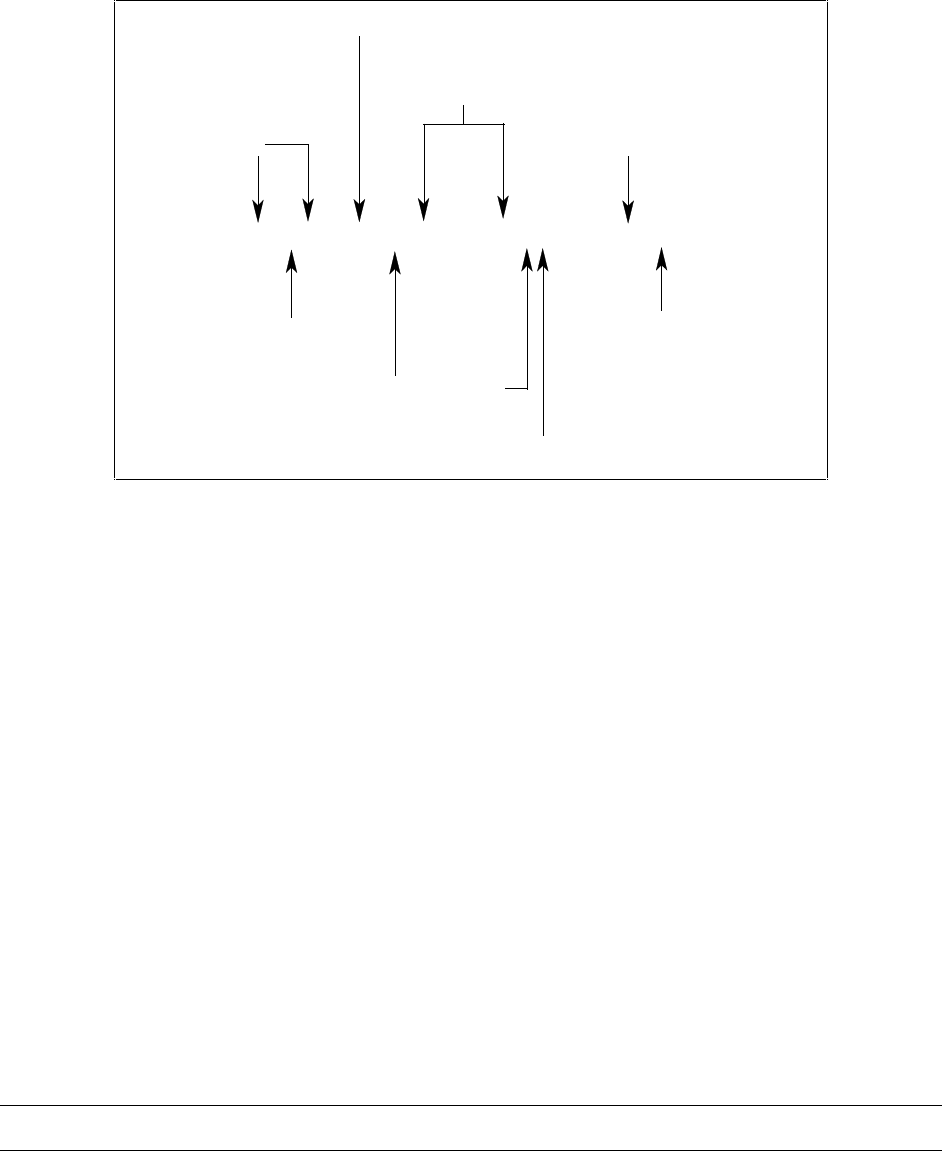
Introduction to Programming - 2
21
Combining Message Units
The following command message is briefly described here, with details in subsequent paragraphs.
Figure 2-2. Command Message Structure
The basic parts of the above message are:
Message Component Example
Headers
VOLT LEV PROT CURR
Header Separator
The colon in VOLT:LEV
Data
8088
Data Separator
The space in VOLT 80 and PROT 88
Message Units
VOLT:LEV 80 PROT 88 CURR?
Message Unit Separator
The semicolons in VOLT:LEV 80; and PROT 88;
Root Specifier
The colon in PROT 88;:CURR?
Query Indicator
The question mark in CURR?
Message Terminator
The <NL> (newline) indicator. Terminators are not part of the SCPI syntax
Headers
Headers are instructions recognized by the ac source. Headers (which are sometimes known as
"keywords") may be either in the long form or the short form.
Long Form
The header is completely spelled out, such as VOLTAGE, STATUS, and DELAY.
Short Form
The header has only the first three or four letters, such as VOLT, STAT, and DEL.
The SCPI interface is not sensitive to case. It will recognize any case mixture, such as TRIGGER, Trigger,
TRIGger.
NOTE: Short form headers result in faster program execution.
Data
Headers
Header Separator
Messa
g
e Unit Separators
Message Unit
Quer
y
Indicator
Message Terminator
Root Specifier
<NL>
VOLT:LEV 80
PROT 88
;
;
:
CURR?



